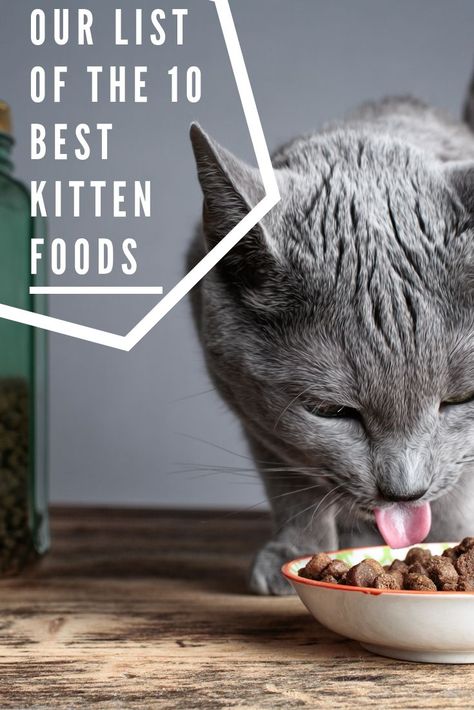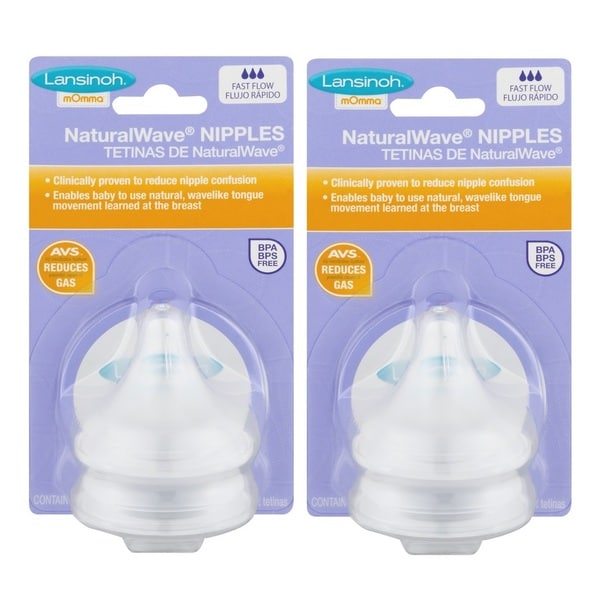Stage one baby foods list
When is a child ready to start solids?
Diving into the world of solid food with your baby is a messy, adorable milestone that, let’s be honest, sometimes feels a little confusing. While some little ones happily slurp down baby cereal at 6 months, others won’t go near a mashed carrot until they’re hitting the 9-month mark — what gives?
The truth is, while solid food exposes babies to new tastes and textures, it’s not even necessary in the very beginning (yes, really).
“While the general recommendation for starting solids is between 4 and 6 months old, solids at this point are more about introducing baby to new tastes and developing oral motor function,” says Dr. Melanie Custer, a pediatrician at Deaconess Clinic in Evansville, Indiana. “Breast milk or formula should continue to be the primary source of nutrition through 12 months.”
Of course, when your baby is eyeballing your bowl of oatmeal every morning, it’s only natural to start wondering when to start baby food. Here, experts and veteran parents weigh in on the dos and don’ts of starting solids, a.k.a. Stage 1 baby foods. Ready the bibs!
What is Stage 1 baby food?
Stage 1 baby foods are single-ingredient foods that are very thin in consistency. You can either buy them at the store or make them yourself, as long as they’re a smooth puree with zero chunks and include just one ingredient so you’re introducing your baby to one new food at a time.
And remember, every child is different and develops at their own individual pace. Check with your child’s doctor for baby food recommendations during the first year.
When to start Stage 1 baby food
According to Custer, the reason it’s recommended that full-term babies wait until 6 months to try solids is because they’re losing iron stores that were built during pregnancy, and iron is important for infants’ brain development.
“Growing babies need all the nutrients they can get — and breast milk and formula are both far superior to solids when it comes to nutrients, including iron,” says Jenifer Thompson, an advanced practice dietician at Johns Hopkins in Baltimore.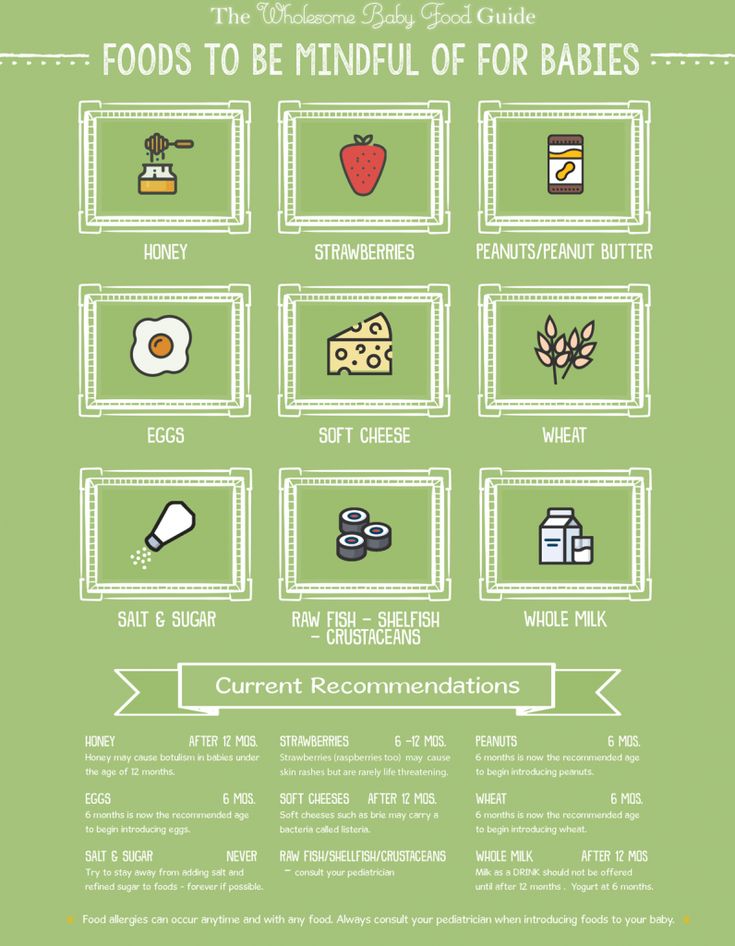 “It’s important to remember that solid foods are also called complementary foods because their intention is to complement the breast milk and/or formula baby is drinking.”
“It’s important to remember that solid foods are also called complementary foods because their intention is to complement the breast milk and/or formula baby is drinking.”
Thompson also notes that offering solids too early on — prior to 4 months — has been associated with excessive weight gain and adiposity (excess fat) in preschool and older ages.
Signs baby is ready to start solid food
Knowing your baby is ready for Stage 1 foods goes beyond celebrating their half-year birthday. It’s important to look out for developmental and social signals, as well.
“One of the biggest indicators that your baby is ready for solid foods is that they’re showing an interest in what other family members are eating,” says Dr. Kristen Treegoob, a pediatrician at Children’s Hospital of Philadelphia.
If you notice baby staring at your food and opening their mouth or leaning forward if food is ever offered, these are signs that solid foods have piquéd your baby’s interest, according to Thompson.
“I knew my son was ready for solids when, at 7 months, he started staring — like, really staring — at all of our food during dinner,” says mom of two Erin Henderson, of Waltham, Massachusetts. “It reached a point where we felt bad eating in front of him!”
Other signs your baby may be ready for solids, according to Custer and Thompson, include:
- They can sit up with little to no support.
- They can hold their head up without being wobbly.
- Their tongue thrust reflex has disappeared. “Before introducing solids, it’s important to make sure your baby can open their mouth for a spoon and accept food off of it, rather than pushing it away with their tongue, which is an involuntary habit until about 4 months,” says Custer.
What Stage 1 baby food to start with
According to Thompson, it’s recommended that early solid foods provide a source of iron, protein and zinc. But remember, you’re complementing your baby’s diet, not revamping it, so it’s OK to get a little creative and go with your gut.
“There is no medical evidence that solid foods must be introduced in any particular order, or that vegetables must be introduced before fruits to ensure that they don’t have a preference for sweets and will it not lead to a dislike of vegetables,” says Thompson.
And once you get going, continue to mix it up.
“There is no one-size-fits-all for solid food introduction, and we typically recommend parents introduce a variety of tastes, colors and food groups in the first few months,” says Treegoob. “That said, the American Academy of Pediatrics recommends that breastfed infants first begin with iron-rich foods, which include iron-fortified infant cereals and iron-rich pureed meats. Formula-fed infants typically get enough iron through formula, so they may have a little more flexibility at first.”
Here’s a list of first foods to try (make sure all are pureed to very thin consistency):
- Bananas.
- Avocados.
- Sweet potatoes.
- Carrots.
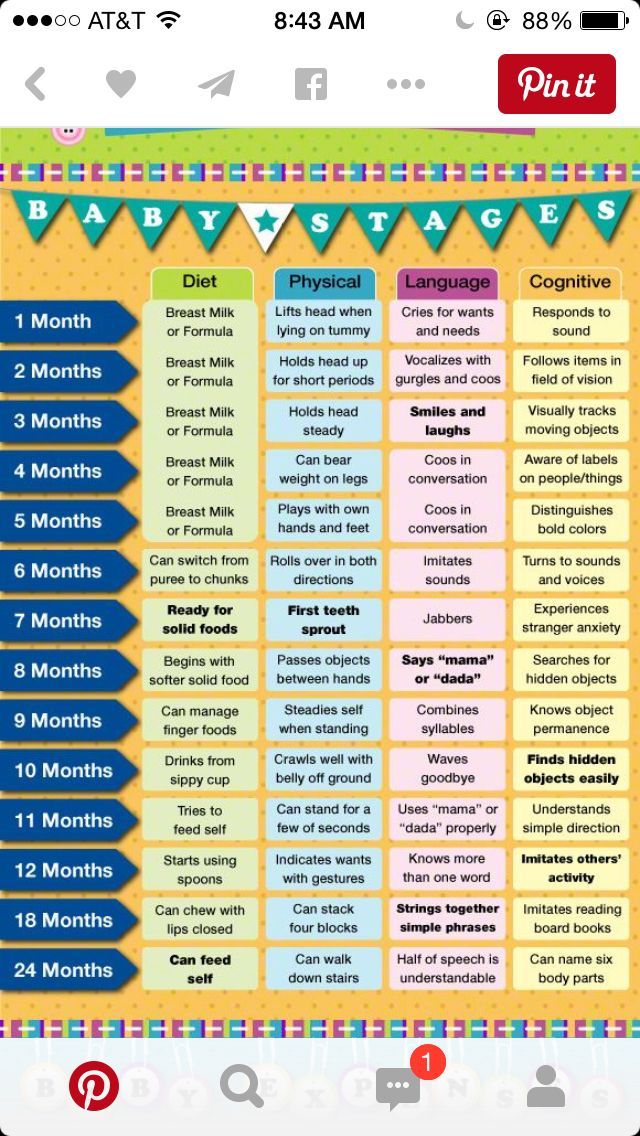
- Pureed meats, such as chicken and turkey.
- Butternut squash.
- Peaches.
- Applesauce.
- Grains, such as barley, oats, wheat and rice.
Custer does note that infants should not eat raw or cooked honey until 12 months, as it might contain spores that can cause infantile botulism, a serious illness that can hamper an infant’s ability to move, eat and breathe. For more tips on food storage, our experts weigh in on how long baby food lasts.
How to start Stage 1 foods safely
When your baby first starts experimenting with solids, keep in mind it’s a gradual process, and you’re still a ways off from three solid meals per day. In the beginning, it’s best to think of solids as more of a snack than a meal.
“Babies will often start with just a bite or two at first and advance to three to four tablespoons at a time,” says Custer. “When they’re first starting off around 6 months, they can have solids one or two times a day.”
“Foods should be offered one at a time when babies are starting off with solids,” says Thompson. “Then, wait between three to four days before introducing a new one, so you can properly identify an adverse reaction or intolerance.”
“Then, wait between three to four days before introducing a new one, so you can properly identify an adverse reaction or intolerance.”
Here are a few more tips for feeding your baby:
- Make sure they’re sitting in an upright position, such as in a highchair, to prevent the risk of choking.
- Add a little breast milk or formula to their food. “At first, foods should be just slightly thicker than breast milk or formula to allow the infant to get used to eating,” Custer says. “Foods can get thicker as their eating skills are mastered.”
- Always feed your baby with a spoon. “Unless you’ve been advised by your pediatrician, never put solid foods, including infant cereal, in bottles with or without milk,” says Treegoob.
- Give baby breast milk or formula first. “Both of my babies were more open to trying solid foods in the beginning when they were happy and relaxed,” says mom of two Darcy McConnell of Garwood, New Jersey. “That was always after they had their bottle.
 ”
”
Also, be patient. Starting solids is a learning curve for everyone.
“If your baby turns their head away, spits out food or pushes you away with their hands when you try to feed them solid food, then they are not quite ready,” says Treegoob. “Try again in a few days.”
How baby-led weaning works
A less conventional way to start your baby on real food is baby-led weaning, which forgoes what’s thought of as Stage 1 baby food altogether, as well as a spoon.
“The baby-led weaning approach to introducing solid foods recommends that purees and traditional baby foods be omitted, and to start with finger foods, as well as self-feeding right from the beginning,” says Thompson. “This method may be preferred for some, but should always be discussed with a pediatrician since a possible concern of this method is the risk of choking, which could be minimized with appropriate food choices.”
Proponents of baby-led weaning believe that letting baby pick, choose and explore food on their own will help with appetite control overall (possibly reducing the risk of obesity later in life), as well as promote a taste for a wider range of foods. All of this said, research on baby-led weaning is still fairly scant, so it’s important to discuss it with your pediatrician if you choose to take this approach.
All of this said, research on baby-led weaning is still fairly scant, so it’s important to discuss it with your pediatrician if you choose to take this approach.
Ready for the next stages?
- Stage 2 baby food
- Stage 3 baby food
10 Baby Food Purees (Stage 1)
Everything you need to know about making stage 1 baby food, including 10 recipes for tasty purees that are perfect for introducing solids.
Introducing solids to your baby is such an exciting milestone but it can also be an overwhelming time with lots of questions. When is your baby ready for solids? Which foods should you start with? And how do you make homemade baby food?
I’m here to make sure you have all the information you need! Plus sharing 10 baby food purees to give you some ideas of where to start if you’ve decided to make your own baby food.
When To Start Solids
Most pediatricians recommend babies start solids between 4-6 months, but you know your baby best so trust your gut and do what feels right to you (with guidance from your pediatrician)!
I have a great guide for introducing solids to babies where I outline the basics and share my approach, but just to recap, here are some signs that your baby is ready to start enjoying solid food:
- Baby can hold their head up in an upright position without too much bobbing
- Baby can sit up with (or without) support
- Baby has lost the tongue thrust reflex
- Baby puts their hands or toys in their mouth
- Baby has shown interest in food such as leaning forward and opening their mouth or trying to grab food you’re eating
How to Introduce Solid Food to Baby
Once you’ve decided that your baby is ready to start solids, it’s go-time.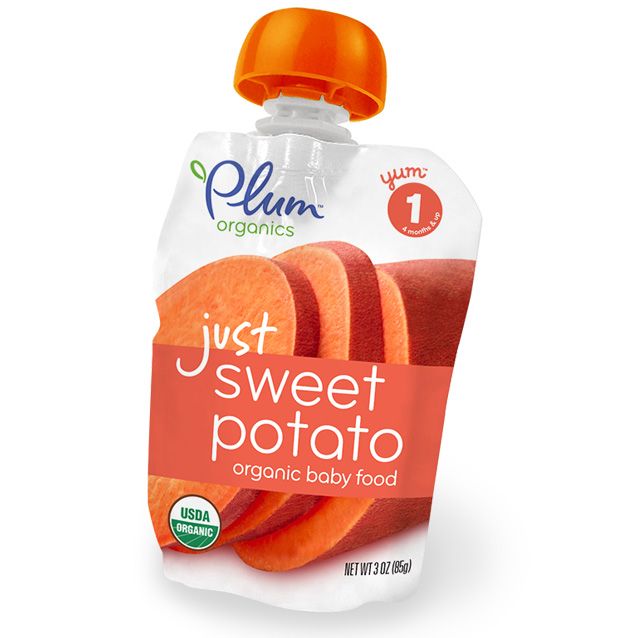 There are different approaches to this including baby led weaning, where you skip purees all-together and let your baby feed themselves with finger foods from the start and traditional weaning, which starts with pureed (or blended) foods.
There are different approaches to this including baby led weaning, where you skip purees all-together and let your baby feed themselves with finger foods from the start and traditional weaning, which starts with pureed (or blended) foods.
With Olivia I did a hybrid approach where the first few foods we introduced where purees and then we started with a few finger foods when she seemed ready. I go into more detail on this in my introducing solids post.
To be honest, if you’re planning to do baby led weaning this post probably won’t be that helpful because it’s focused on how to make a variety of single ingredient purees.
What is Stage 1 Baby Food?
If you decide to use purees, you’ll quickly notice that baby food is labeled by three stages. Here is a breakdown of what these different stages mean:
- Stage 1 (4-6 months) – single ingredient foods that are pureed into a very thin consistency with no chunkiness whatsoever that can be served with a spoon.
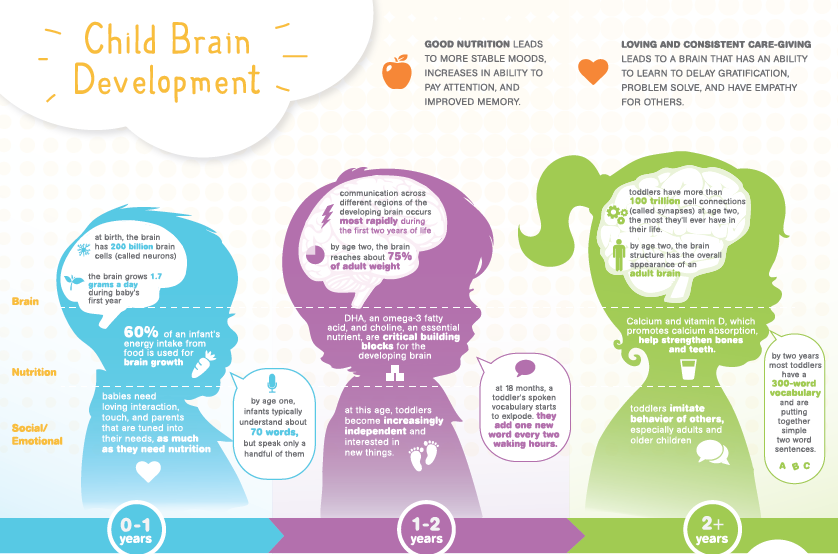
- Stage 2 (around 6-8 months) – slightly thicker consistency and typically includes food combinations and the addition of spices like cinnamon, nutmeg, turmeric, mint, basil, etc. See my stage 2 baby food combos.
- Stage 3 (around 9-12 months) – thick blended foods with chewable chunks or small cut up pieces of easily chewed food.
Best First Foods for Baby
Solid foods can be introduced in any order, but most pediatricians recommend starting with a single-ingredient food that is easy to digest like pureed sweet potato, carrot, banana and/or avocado. Other options include pureed meats, poultry, beans and iron-fortified baby cereals like rice cereal or oatmeal.
You just want to be sure the first few foods are pureed super smooth and almost a liquid consistency. You can easily thin purees with breastmilk or formula.
As baby gets more practice with eating you can reduce the amount of liquid and offer purees with a thicker texture.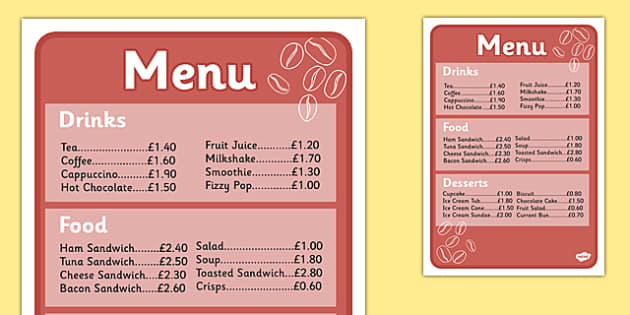
Food Allergies and Known Allergens
When introducing foods it can be helpful to introduce only one food every three to five days so you can watch for any signs of allergic reactions. A reaction could show up almost immediately or a few days after so it’s recommend to introduce one food at a time when starting out so you can track what may be causing a reaction in your baby. Reactions include: hives or rashes, itching, shortness or breath or more serious reactions like vomiting or swelling of the lips and tongue.
It’s also helpful to be mindful about common allergens. Foods like diary, eggs, peanuts, tree nuts, wheat, soy and shellfish should be introduced gradually after less allergenic foods have been tolerated. The previous recommendation was to wait on these foods, but that as since changed and in fact, delaying the introduction of these foods may increase the risk of a child developing allergies.
One food that is off limits until a baby is at least 1 year old is honey because of the risk of infantile botulism.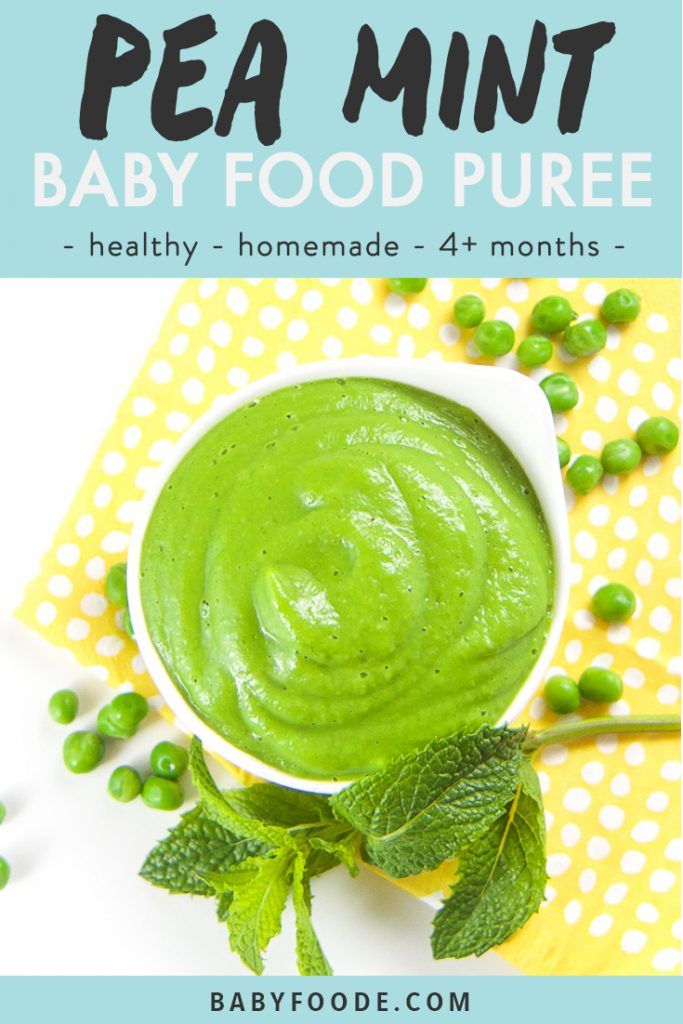
How to Make Homemade Baby Food
We covered when and what foods to start with. Now lets talk how to make a basic baby food puree! Don’t fret, it’s super easy. Here’s the basic process:
- Prep: you’ll want to start by ensuring your fruit or vegetable of choice is thoroughly cleaned. Even if you’re using organic fruits and vegetables, you’ll want to washed and dry your produce! Once the produce is clean, you’re ready to peel and chop into chunks. You can skip this step for some fruits or veggies.
- Cook: some foods like banana and avocado don’t need to be cooked, but many do. For cooking, you can steam, boil or roast. I recommend using a fork to test that they’re tender and soft.
- Blend: place cooked food into a blender or food processor and blend until smooth (or the consistency you desire), adding liquid (breast milk, formula or water) as needed.
That’s it! You’ve just made a homemade baby food puree!
Best Tools For Making Homemade Baby Food
You really don’t need any fancy kitchen appliances, but there are a few tools that will come in handy when making homemade baby food.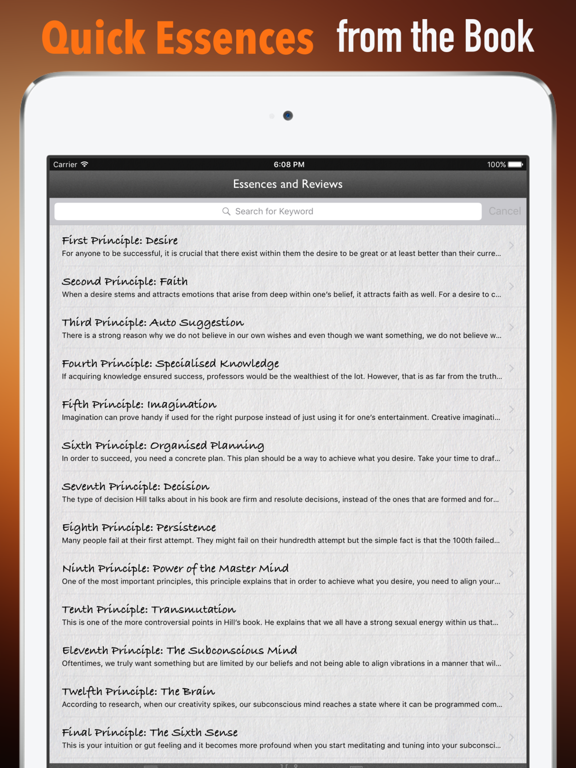
- Steamer basket – Steaming is one the easiest ways to cook foods for making purees and having a steamer basket is key. I have a really basic steamer basket that fits in most pots, but I also use the steamer basket that comes with my Always Pan.
- Blender – I’ve been using my Vitamix blender and love how smooth it makes the purees. You can also use a food processor or an immersion blender.
- Silicone ice cube trays – In the beginning I really liked to make large batches of pureed food and pour it into a silicone ice cube tray with a lid to freeze for later. It was perfect when babies aren’t eating big portions because each cube is about 1-2 ounces.
- Freezer bags – Once you have frozen cubes of puree you can transfer them to a freezer-safe bag. I love reusable Stasher bags for this.
- Storage containers – As soon as you start making homemade baby food you realize that you need lots of little containers.
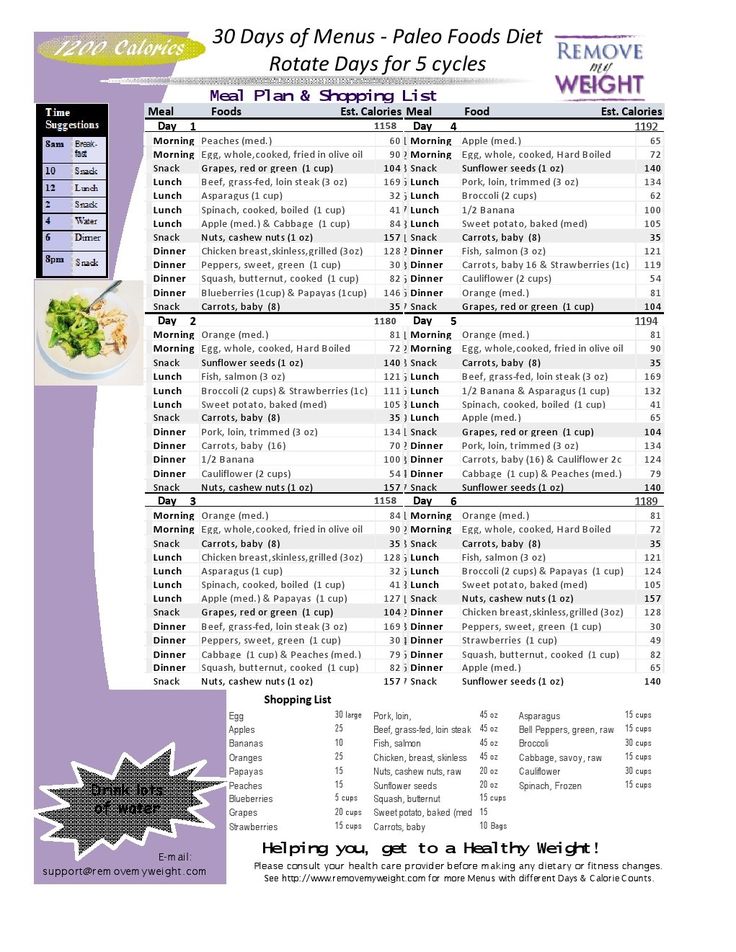 A friend loaned me a bunch of plastic storage containers for keeping homemade baby food and I also invested in these glass containers that are freezer safe.
A friend loaned me a bunch of plastic storage containers for keeping homemade baby food and I also invested in these glass containers that are freezer safe. - Permanent markers – When storing and freezing baby food you’ll want to label everything with the name of the food and the date.
- Baby food maker – if you’re looking for an all-in-one solution that steams food and blends it there are some cool gadgets (like the BEABA Babycook) that make homemade baby food a breeze!
10 Stage One Baby Food Purees
Ready to get started making some stage 1 baby food purees? Here are 10 easy recipes to get you started. These are the purees I used in the early days with Olivia. She loved all of these, but there are a ton of other purees you can try including pear puree, apple puree (aka applesauce), bean purees (like chickpea or lentil puree) and even chicken puree.
Sweet Potato
Sweet potatoes are a powerhouse vegetable! They’re packed with fiber, vitamins, minerals and antioxidants and babies love their sweet flavor.
Sweet Potato Puree
3.88 from 8 votes
Sweet potato puree is so easy to make. Just bake your sweet potatoes, peel and blend until smooth! It's a great first food for babies, but can also be used in baking recipes, mixed into oatmeal, added to smoothies or served as a side dish.
Get Recipe
Carrot
Carrots are low on the allergy scale and easily digested by a tiny tummy. They are high in beta-carotene, an antioxidant that converts to vitamin A in the body, which is crucial for eye health and overall immune function.
Carrot Puree
4 from 39 votes
How to make carrot baby food by cooking and blending carrots into a smooth and creamy puree. Carrot puree make a great stage 1 starter food for babies.
Get Recipe
Avocado
Avocados are high in heart-healthy fats as well as fiber, vitamins, minerals and antioxidants! They’re incredibly nutritious and super easy to prepare.
Avocado Puree
5 from 3 votes
Avocado is great first food for babies. It contains healthy fats, it’s easy to blend and it’s delicious. Make it in your food processor or blender or simply mash!
Get Recipe
Banana
A great first food to introduce to babies, bananas are naturally soft and mushy, easy to digest and loaded with vitamins and minerals. The best part? You don’t need to cook them!
Banana Puree
5 from 2 votes
Fresh banana puree is a great first food and baby will love it because it tastes sweet! Easily make it by mashing or blending ripe bananas.
Get Recipe
Peas
Peas are naturally sweet and pack a punch with nutrition, containing a variety of vitamins, minerals and antioxidants. They are also high in protein, with 4 grams per half-cup serving. Fun fact, peas are actually a legume!
Pea Puree
5 from 5 votes
Pea puree is a great first food when introducing solids to babies and all you need is a bag of frozen peas and a blender or food processor!
Get Recipe
Butternut Squash
Technically a fruit, butternut squash is packed with fiber, vitamins and minerals.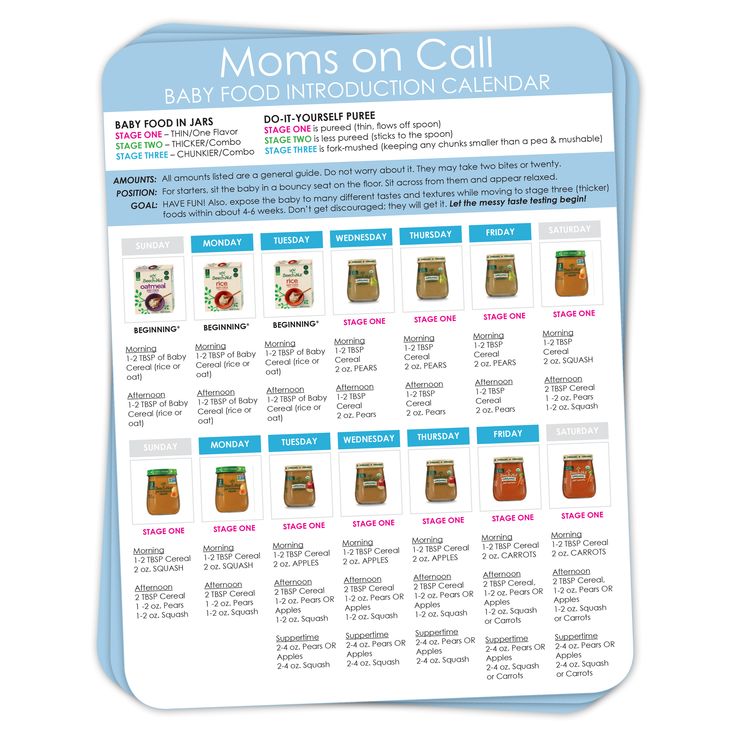
Butternut Squash Puree
Make butternut squash puree at home with this simple recipe! Just scoop the seeds, roast, blend and use in recipes that call for butternut squash puree. It's also a great first food for babies!
Get Recipe
Peach
Peaches are naturally sweet and perfect for introducing baby to solid foods. They are rich in many vitamins, minerals and antioxidants.
Peach Puree
5 from 4 votes
Peach puree is so easy to make using fresh peaches! It's a great first food for babies, but can also be used as a topping or mix-in for breakfast, dessert and drink recipes.
Get Recipe
Mango
Rich in vitamins, minerals and antioxidants, mango is especially high in vitamins A and C. They also contain a group of digestive enzymes called amylases which help little tummies just starting with solid foods.
Mango Puree
5 from 3 votes
How to make a delicious mango puree out of fresh (or frozen) mango. It's perfect for serving to baby or to use in recipes.
It's perfect for serving to baby or to use in recipes.
Get Recipe
Blueberry
Small but mighty! Blueberries are known as a superfood. Superfoods are usually plant-based and rich in nutrients that are beneficial to your health such as vitamins, minerals, healthy fats and fiber.
Blueberry Puree
5 from 1 vote
Blueberry puree is full of antioxidants and vitamins and makes for a quick and easy first food for baby! It can also be used as a topping or mix-in for breakfast, dessert and drink recipes.
Get Recipe
Strawberry
Strawberries pack quite a health punch! They are low calorie, taste delicious and are a great source of vitamins, minerals and plant compounds.
Strawberry Puree
5 from 1 vote
Strawberry puree is easy to make and naturally sweet with no added sugar! Use it in baked goods, drinks or as baby food.
Get Recipe
How to Store Purees
Freshly pureed baby food should be stored in the fridge and used within 3-4 days. For longer storage, I recommend freezing purees in an airtight container. I like using silicone ice cube tray or freezer safe jars because they make it easier to thaw smaller amounts for serving to babies.
For longer storage, I recommend freezing purees in an airtight container. I like using silicone ice cube tray or freezer safe jars because they make it easier to thaw smaller amounts for serving to babies.
How to Thaw Frozen Puree
I recommend thawing frozen purees in the fridge the night before you want to use them. In a pinch, you can also thaw it quickly with a warm water bath. It thaws quickly if you’re defrosting a small amount to serve to a baby.
FAQ
Can I store homemade baby food purees?
Yes! Making large batches of purees and storing them in the refrigerator or freezer makes feeding baby homemade purees a breeze.
Can you freeze homemade purees?
Freezing baby food that has been made with frozen fruit or vegetables is fine, as long as you have cooked the frozen foods first. Do not refreeze foods that have thawed without cooking. I recommend labeling baby food with the ingredient and date before you place them in the freezer.
Can you freeze baby food made with breast milk or formula?
If you are freezing baby food that has been mixed with fresh breast milk you’re fine! However, you should not freeze baby food that has been mixed with previously frozen breast milk. Once frozen breast milk has been thawed, it should never be re-frozen.
If you are using formula, it should be okay to freeze baby food that has been mixed with it. Most formula companies don’t recommend freezing formula, but you’re using such a small amount.
You can also freeze the baby food purees without adding any liquid. You can then thaw the baby food puree in the fridge overnight and then thin the food to the desired consistency with breast milk or formula right before serving.
This post about freezing baby food has a ton of great insight and tips.
Should I use organic fruits and vegetables?
I recommend using organic produce when possible, though I realize this isn’t always in the budget.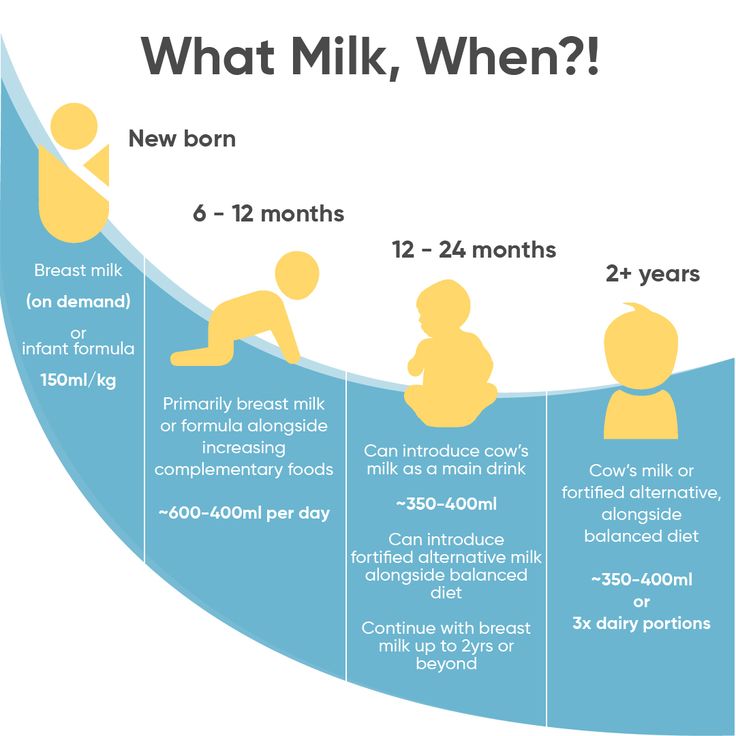 Either way thoroughly rinsing your fruits and vegetables is an important step whether they’re organic or not.
Either way thoroughly rinsing your fruits and vegetables is an important step whether they’re organic or not.
This list of the dirty dozen fruits and vegetables from the EWG is a good guide if you can only budget for some but not all organic produce.
Is it safe to thin baby food with cow’s milk?
From a nutritional point of view, most doctors recommend waiting to introduce babies to cow’s milk until one year of age. If you need to thin your puree you can use breast milk, formula or plain water.
What is the difference between stage 1 and stage 2 baby food?
Stage 1 purees are very thin with no chunkiness and are single ingredients. Stage 2 baby foods can be more elaborate with food combinations as well as chunkier textures.
More Recipes for Resources
- Baby Pancakes
- How to Make Oatmeal For Babies
- Baby (+ Toddler) French Toast
- Applesauce
- Baby Yogurt Melts
- 6 Baby Food Combinations (Stage 2)
Be sure to check out all of the baby food recipes here on EBF.
10 Stage One Baby Food Purees
5 from 5 votes
Everything you need to know about making stage 1 baby food, including 10 recipes for tasty purees that are perfect for introducing solids.
Print Recipe Pin Recipe
Prep Time 10 minutes
Cook Time 20 minutes
Total Time 30 minutes
Servings 6
Sweet Potato
- 2 cups steamed and peeled sweet potatoes
- water, breast milk or formula to thin
Carrot
- 1 lb steamed and peeled carrots
- water, breast milk or formula to thin
Avocado
- 1 avocado
- water, breast milk or formula to thin
Banana
- 1 banana
- water, breast milk or formula to thin
Pea
- 2 cups cooked peas
- water, breast milk or formula to thin
Butternut Squash
- 2 cups steamed and peeled butternut squash
- water, breast milk or formula to thin
Peach
- 3 ripe peaches
- water, breast milk or formula to thin
Mango
- 2 ripe mangoes
- water, breast milk or formula to thin
Blueberry
- 2 cups blueberries
- ½ cup water
Strawberry
- 2 cups strawberries
- water, breast milk or formula to thin
Add veggies or fruit into a high powered blender or a food processor.
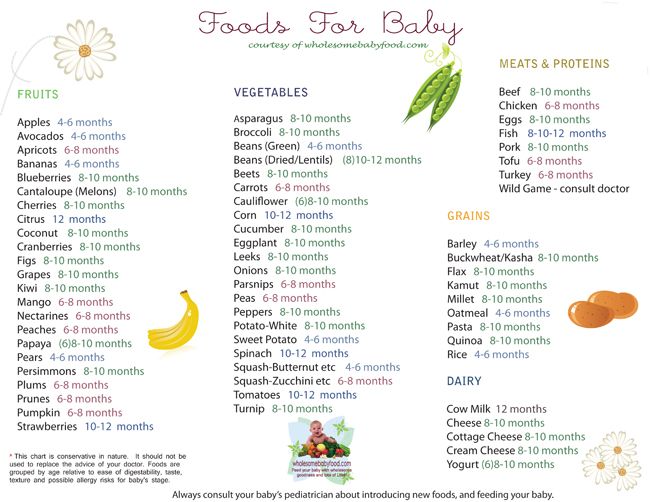 Blend and add liquid until you reach the consistency you desire. You can make the purees smooth and thin for young babies or thicker and chunkier for older babies.
Blend and add liquid until you reach the consistency you desire. You can make the purees smooth and thin for young babies or thicker and chunkier for older babies.
blender
food processor
Serving: 1sweet potato Calories: 75kcal Carbohydrates: 17g Protein: 1g Sodium: 48mg Potassium: 292mg Fiber: 3g Sugar: 4g
DID YOU MAKE THIS RECIPE?
Please leave a comment and star rating on this post and share on social media using the hashtag #eatingbirdfood. I love seeing your recipe shares!Baby food - Roskontrol
Useful articles
News (Gerber, Nan Optipro, Nestogen) - by 20-30%, cocoa and Nesquik drinks - by 20-25%. Also, ready-made breakfasts (Cini Minis, Fitness, Kosmostars) will increase in price by 20-30%, and Starbucks and Dolce Gusto brands by 30%. Unilever is also...
March 22, 2022
Detsky Mir freezes prices for three months
The largest Russian retailer of children's goods fixed prices for 90 items for three months, including baby food, baby hygiene products, feeding supplies, clothing and footwear, at the level of January 2022 .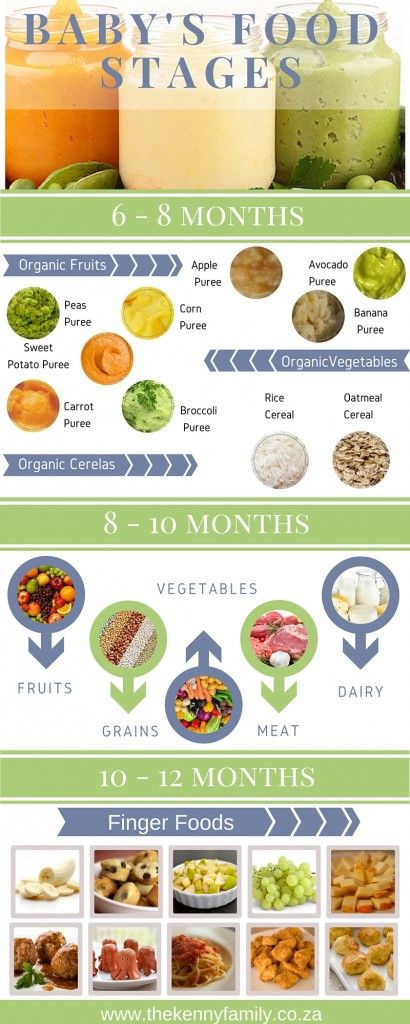 Previously, the FAS, on the basis of requests received from citizens, sent a request to the Detsky Mir group of companies to provide data on the reasonableness of price increases. And also warned that...
Previously, the FAS, on the basis of requests received from citizens, sent a request to the Detsky Mir group of companies to provide data on the reasonableness of price increases. And also warned that...
February 16, 2022
Business predicts baby puree prices to rise due to labeling experiments
Manufacturers estimate that the introduction of a control system in the industry threatens a shortage and price increases of at least 10%. The business has therefore proposed to exclude baby puree made from meats, vegetables and fruits from the labeling experiment, which could begin as early as May 2022. From the letter that the Association of Manufacturers "Rusbrand" sent to the Ministry of Economic Development, it follows that for foreign products it was ...
January 26, 2022
Baby cereals will become 15.5% more expensive from February
The largest manufacturer of baby food, known under the brand name FrutoNyanya (JSC Progress), told retail chains that it had to raise prices from February 1 by an average of 15. 5%. The reasons for this are more than known - rising prices for raw materials, logistics, packaging components, and, in principle, unfavorable weather conditions for crop production. Company representatives so...
5%. The reasons for this are more than known - rising prices for raw materials, logistics, packaging components, and, in principle, unfavorable weather conditions for crop production. Company representatives so...
Goods with a quality mark
Black list
The ideal baby food up to 6 months is breast milk, but if it is not possible to feed the baby with mother's milk, then mixtures that are sold in stores come to the rescue. When choosing a ready-made mixture, follow the rule: the closer the mixture is to breast milk in composition, the better.
All formulas are thoroughly tested before entering the store, so they are all safe, which cannot be said about homemade food. But their price may differ, depending on how high-quality and modern the mixture is.
More modern formulas usually contain ingredients that have only recently been scientifically proven to be useful (eg, lutein). But this does not mean that traditional mixtures that do not contain this substance should be abandoned.
From 6-7 months, the baby begins to receive complementary foods, and by 8-9 months the proportion of mixtures in the child's diet is reduced to 50%, and the rest falls on fruit and vegetable puree, dairy-free cereals from ground cereals that do not contain gluten. At the second stage of complementary foods, meat puree can be introduced into the diet. It is not recommended to give juices to children under 1.5 years old.
Children under 1 year of age should not drink tea. It is better to boil baby water before drinking.
Starting from the age of 1, the baby can eat cottage cheese and other unsweetened fermented milk products. You need to be careful with yogurt: it may contain sugar, which is not recommended for children at this age. Kefir should be excluded from the diet of preschoolers, as it is highly acidic and may contain alcohol. Powdered milk for a baby can only be used as part of baking or in case of emergency.
Sugar and salt are generally recommended to be excluded from the baby's menu until at least 3 years old.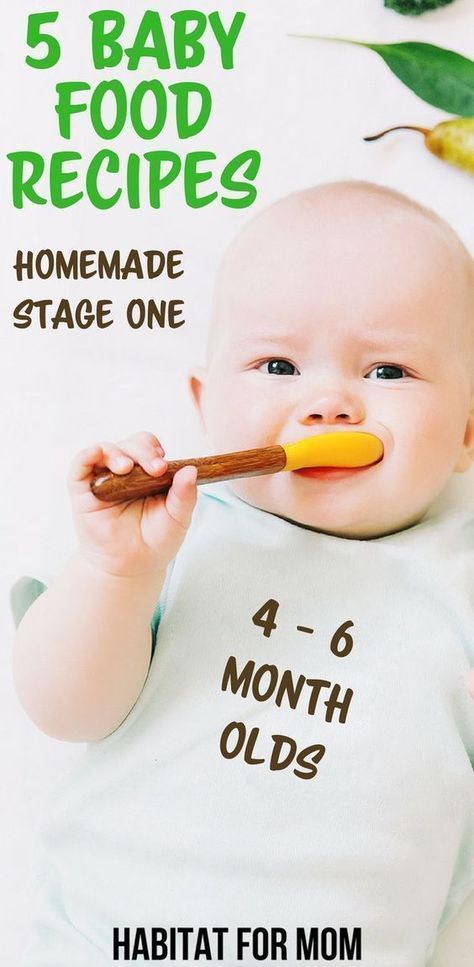 Caution should be given to the child honey - it can cause allergies.
Caution should be given to the child honey - it can cause allergies.
Do not allow children to eat foods intended for adults. Sausages and sausages are not baby food. They may contain phosphates, preservatives, and too much salt and sugar, which is harmful to the baby.
Name of applicant organization
Name of contact person
Position
Phone
E-mail
Name of the declared product (goods)
I have read and accept the Rules for the Functioning of the Independent Quality Control System "Roskontrol".
Product name
Product category
Brand
Barcode
Production information
0008
×
Tariff
You have selected subscription level Free .
The subscription price is now 0.00₽ .
Subscriber Registration Already have an account? Login here
Username
Password
Name
Surname
Full Name LEAVE IT BLANK
Processing.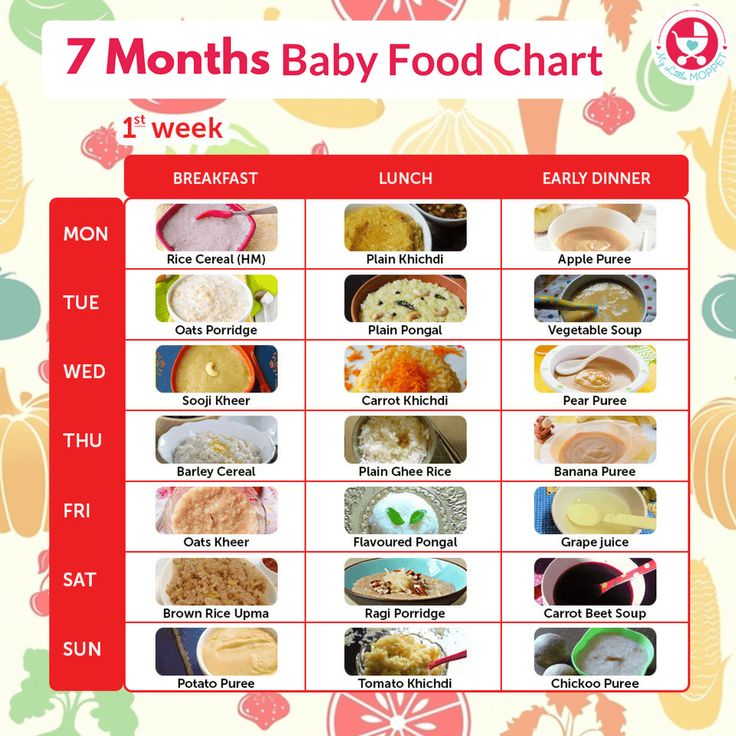 ..
..
Canned food - Making sense of age
Viktoria Levchuk©
Parents often come across complementary feeding tables and schemes that indicate the approximate portion at each age stage, and when which product should be introduced into the child's diet. The dream of any mother is a unified policy for the introduction of complementary foods, so that the industrial production of baby food agrees with pediatricians and mothers on the age of introduction of the product into complementary foods. Some brand labels can be confusing when to use prepared foods, as well as how to combine canned food with home cooking.
The popular Gerber brand has registered trademarks labeled "1st Foods", "2nd Foods" and "3rd Foods". Other brands simply use "1", "2" or "3" or indicate the child's age in months, and some use it to indicate the stage at which a child is ready for a certain type of food consistency.
WHO Child Nutrition Stages
Contents:
The World Health Organization, in its brochure Infant and Young Child Feeding, divides childhood into several stages. These main stages are calculated up to the year of the child, they imply a smooth transition of the baby "from mother's milk to food from the family table." The most popular brands of baby food use the main stages of the transition of the child's diet in the labeling of canned food. There are four stages in total, starting at 4 months and ending at 12 months. These steps are not standardized.
These main stages are calculated up to the year of the child, they imply a smooth transition of the baby "from mother's milk to food from the family table." The most popular brands of baby food use the main stages of the transition of the child's diet in the labeling of canned food. There are four stages in total, starting at 4 months and ending at 12 months. These steps are not standardized.
You can read more about the age stages of baby food in the following articles:
- First phase of baby food: (4) 6-7 months
- Second stage of baby food: 7-8 months 10 months
- Fourth phase of complementary foods: 10-12 months
Food can label
Stage 1: Age at (4) 6 to 7 months
Start of complementary foods at (4) 6 to 7 months of age, includes foods from one-ingredient, soft, light consistency without a single lump, with low levels of allergy, without salt, sugar and seasonings, for example, rice porridge or zucchini puree.
Here are some examples of popular brands:
- Rice porridge Silent Fleur Alpine from 4 months
- Rice porridge HIPP from 4 months
- Rice porridge Sempler from 4 months
- PUREMENT FRUTONS COLUSE 9014 zucchini Sady pridonya from 4 months
- Gerber zucchini puree from 4 months
Stage 2: Age 7 to 8 months
When children are 7 to 8 months old, they are given one-component and two-component products, simply pureed, of medium thickness, sometimes products that seem to rubbed, i.e. food appears in pieces that are easy to swallow, but do not choke. Products are given with a low level of allergy, but slowly they begin to introduce the child to the average.
Second step product examples:
- Vegetable soup with beef Bebivita from 8 months
- Assorted vegetable puree Bebivita from 7 months
- Rabbit stew with Gerber broccoli from 8 months
- Vegetables with Semper veal liver from 8 months
- Carrots with potatoes and salmon Hipp from 8 months
- Mixed vegetable puree Hipp from 7 months
- Welling oatmeal with banana and prunes Semper from 8 months
Stage 3: Age from 8 to 10 months
Between 8 and 12 months of age, babies are fed a thicker texture with bite-sized pieces that are easy to chew and swallow.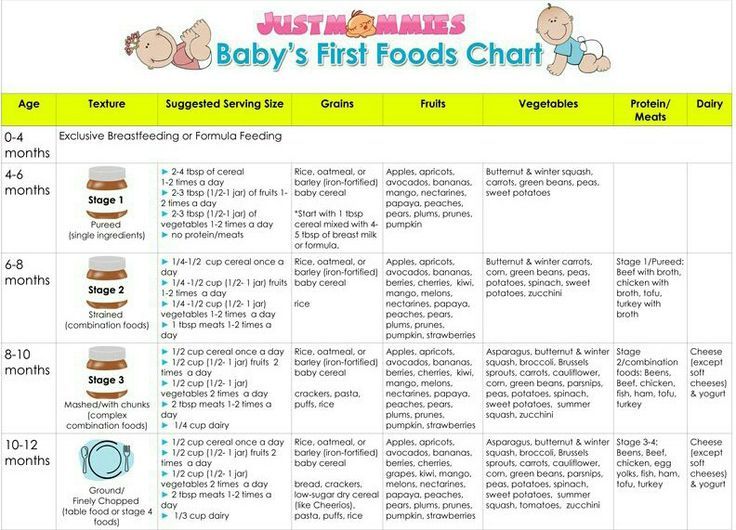 There are more three-component purees. Foods with small pieces help stimulate baby's chewing. Sugar, salt and spices are still missing from baby food.
There are more three-component purees. Foods with small pieces help stimulate baby's chewing. Sugar, salt and spices are still missing from baby food.
Examples of products from the third stage:
- Noodles with sea fish and vegetables in creamy Hipp sauce from 10 months
- Mediterranean risotto with sea bream Semper from 10 months
- Italian treat Gerber from 10 months
- Marmaluzi mashed potatoes with fish pieces from 9 months
- Vegetable stew with salmon and Semper rice from 9 months
3-stage jar food is very easy to find in the store. Around this period, according to manufacturers of baby food, the child's appetite increases, respectively, and the portion he consumes, so we focus on jars of 200-250 grams per serving. But usually a child is not able to eat that much at the age of 9-10 months, even if this portion is written in all textbooks on baby food. But what about throwing away the leftovers?
Calm down, around this period, many mothers begin to cook for 2 times (the dish is stored in the refrigerator for about 24-36 hours), the child's body is already strong enough and adapted to complementary foods that pathogenic microbes in the finished dish are not dangerous to him.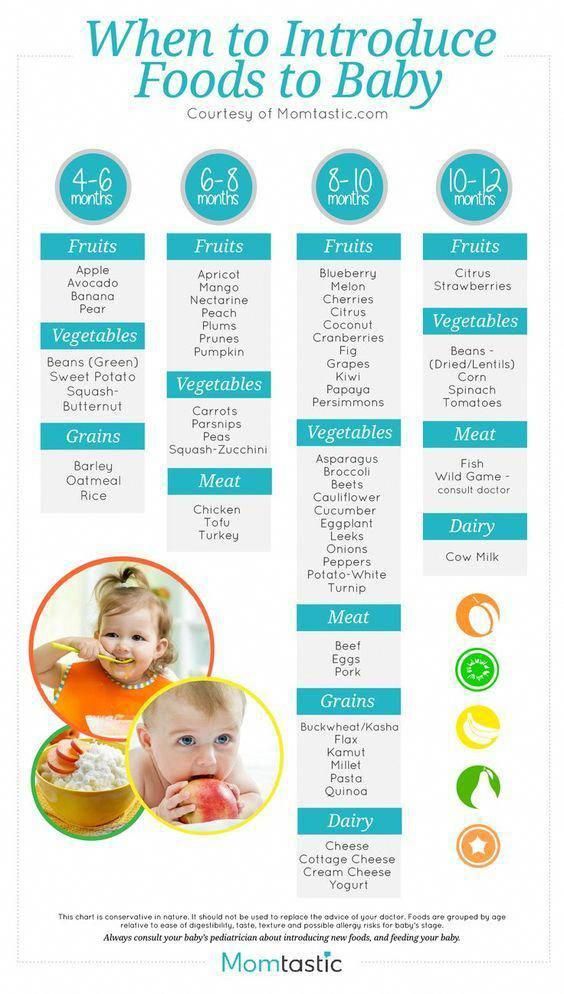 We just follow the rules of cleanliness, namely, we took a clean spoon, put a small portion from the jar into a separate plate, put the jar in the refrigerator with the rest of the food, and warmed up the postponed dish, fed the baby.
We just follow the rules of cleanliness, namely, we took a clean spoon, put a small portion from the jar into a separate plate, put the jar in the refrigerator with the rest of the food, and warmed up the postponed dish, fed the baby.
Stage 4: 10 to 12 months
Approximately one year old, the consistency of baby food is close to that of an adult table. If by 10 months the dish is thick with pieces of food, then closer to 12 months the baby eats small pieces of food, by 1.5 years it completely eats adult dishes, only occasionally large pieces that are difficult to chew, for example, meat, are crushed by adults.
By the age of 2, the child eats completely from the common table without the help of strangers. At this point, you can continue to feed the baby with canned food or completely transfer the baby to an adult table. Parents who initially fed the baby only canned food, by about 2 years old, are transferred to homemade food, i.e. up to 2 years they do not refuse jars, simply because they are used to it and it is convenient, safe, etc.
Examples of the products of the fourth stage:
- Young potatoes with green beans and Hipp rabbit from 12 months
- Italian pasta with trout in Semper cream sauce from 11 months
- Heinz apple-raspberry-blackcurrant milk porridge from 12 months0 from 12 months0
- Multi-cereal Semper porridge from 11 months
0008
- Vegetables with rice and beef stroganoff Semper from 18 months
- Apple-raspberry puree FrutoNyanya (fruit pieces) from 12 months
- Fleur Alpine Organic apple marmalade cookies from 18 months 3 years.
However, it should be noted that after a year, all age restrictions indicated on canned food most likely carry information on products allowed for a given age, and not food consistency. We also take into account that the portion for a 3-year-old child is much larger than for a one-year-old baby. For example, Frutonyan has milk porridges of 200 ml from 6 months, and 500 ml from 3 years old, the porridge can be identical in composition, the difference is only in the portion.
Canned age recommendations
Please note that the age recommendations for each stage are only general recommendations. The age of introduction of complementary foods for each child is individual, so one will be ready at 5-6 months, and the other closer to 7 months. We look at signs of readiness for complementary foods, consult a pediatrician.
Moreover, the transition to a new consistency also occurs individually, as the baby is 7-8 months old, it is impossible to abruptly transfer the baby to thicker food or add hard pieces, there may be consequences in the form of vomiting or suffocation. It is important that the child gradually learns to chew food, with gradual complication, for effective skill acquisition. Don't forget our pediatricians, who can help a mother determine if a baby needs extra time to learn chewing skills or if it's time to move on to the next stage.
Consistency of food up to a year. Click on me!!!
And a little about baby food manufacturers.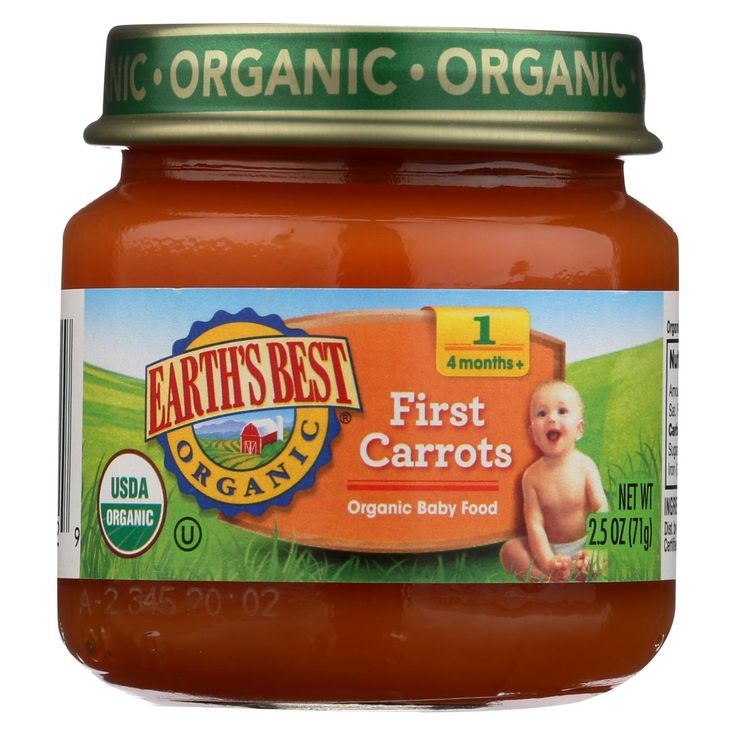 They indicate early dates for the introduction of complementary foods, this is a common marketing ploy to sell more, or they simply do not want to revise the layout of their labels, taking into account the recommendations of Russian pediatricians or the World Health Organization. Although recently, there is less and less canned food on sale, recommended from 3 months.
They indicate early dates for the introduction of complementary foods, this is a common marketing ploy to sell more, or they simply do not want to revise the layout of their labels, taking into account the recommendations of Russian pediatricians or the World Health Organization. Although recently, there is less and less canned food on sale, recommended from 3 months.
The main thing is that parents understand and know the rules and terms for the introduction of complementary foods, as well as listen to their intuition, which does not deceive. The appearance and abilities of the baby will tell parents more about the readiness for complementary foods than the age marking on canned food.
Chaos in canned food
A strange name for a subtitle, but it's hard to describe what's going on in the industrial production of baby food in another way. Each brand has its own recommendations for the introduction of complementary foods, based on their data, they label jars. Moreover, it is very difficult to understand their logic. The first two steps are easy for many parents because in general one or two ingredient purees are easier to navigate than multi-ingredient purees.
The first two steps are easy for many parents because in general one or two ingredient purees are easier to navigate than multi-ingredient purees.
Therefore, the first 2 stages parents either listen to a pediatrician, or look at a diagram from the Internet, or follow a complementary food table, which is listed on the website of their favorite canned food manufacturer. Although here, too, manufacturers can spoil the situation, so I met thickeners in the form of oatmeal in one-component baby purees (to which an allergy is possible at the beginning of complementary foods). Think for a moment, a one-component puree should contain 1 product and water, the only additional ingredient, but no, they can put any thickener, and it’s good if it’s rice or oat flour, but if the thickener is a preservative? Therefore ALWAYS read the composition of baby food before you buy it.
The first 2 stages seem to be not difficult, but as soon as the child approaches the 3rd stage or lumpy food, then it's just a disaster. Either some manufacturers do not produce food with pieces, then they do, but the composition is complex, there are many ingredients, more than half of the child was not introduced into complementary foods. Parents have to switch from one brand to another or choose 2-3 brands that inspire confidence.
Either some manufacturers do not produce food with pieces, then they do, but the composition is complex, there are many ingredients, more than half of the child was not introduced into complementary foods. Parents have to switch from one brand to another or choose 2-3 brands that inspire confidence.
Consider the situation on the example of milk. Now pediatricians, scientists and most parents agree that it is better to introduce dairy products into complementary foods gradually, starting with fermented milk, and milk is given after a year. But what do manufacturers of baby food offer us, milk porridge from 6 months old, or goat milk porridge from 4 months old. It seems that the recommendations of doctors for brands of baby food are empty space, the main thing for them is to offer an assortment, and parents will have to take care of the children. Therefore at the beginning of complementary foods, it is important to decide on a strategy, namely, to choose at least approximately a table of complementary foods or to make a list of the introduction of products, focusing on the recommendations of a pediatrician.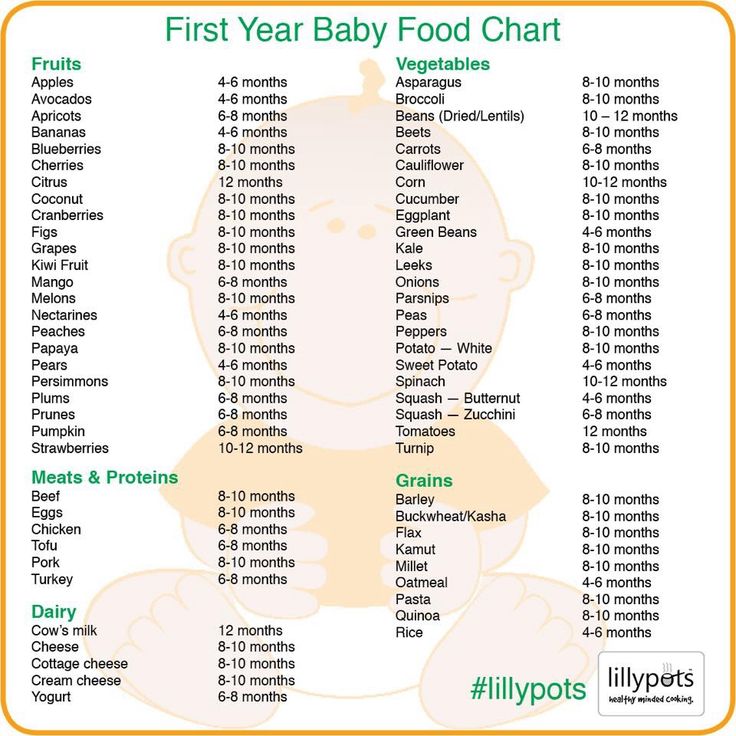 You can not blindly buy canned food, looking at the age on the label.
You can not blindly buy canned food, looking at the age on the label.
No one canceled the risk of an allergy to a product, and the sooner a child gets acquainted with a highly allergenic product, the stronger the reaction, read more here. If you feed the baby only canned food, focusing on age markings, that the child will eat delicate light food that will not teach him to chew, and then at 2 years old the question arises: Why does the child vomit on adult food? And the answer is simple, his body simply does not know how to chew, swallow and digest ordinary adult food. Therefore, as always0092 I speak and will speak and write, everything in moderation, the golden mean.
Canned nutrition is convenient, simple and easy, but should be in moderation. Up to a year, diversity, diversity, the first 2-3 months is a quiet pace, which grows and grows by the year. We offer the child different food, canned and homemade, but at stage 3 we try to give more homemade food, because it is always different, well, it is not possible to make mashed potatoes always the same, especially if you use only a fork, this is what the baby needs, different textures, different components, as in the game - different levels, for complication.



